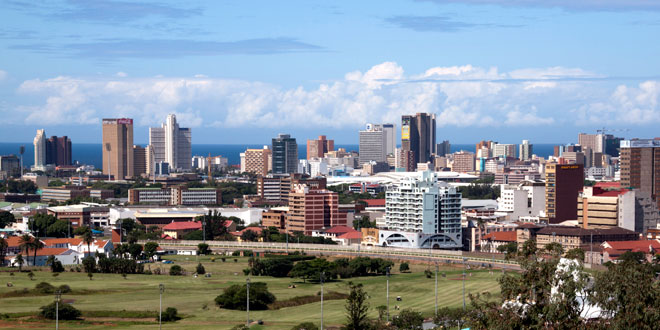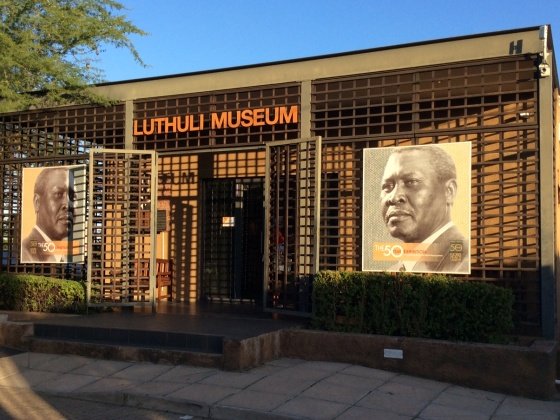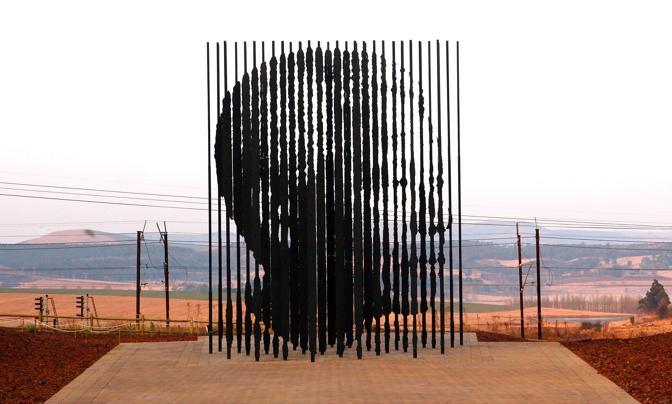.The famous route, stretching from Durban to Pietermaritzburg, reveals the country’s history through monuments, museums and the homes of anti-apartheid activists.
KwaZulu-Natal, one of the 9 provinces in South Africa, enjoys a vast cultural and natural diversity. Mountains and Savannah, urban life and tribes, nature reserves and coastline, and of course the Drakensberg Mountains.
KwaZulu-Natal is widely regarded as the Zulu Kingdom, as it’s the native land of the African tribe, and its name actually means “Place of the Zulo”. But in addition to its exuberant nature, the province also has a great tourist attraction, the Freedom Route, which offers a multi-perspective view of life under apartheid, thanks to its melting pot of cultures.
The Freedom Route stretches between the cities of Durban and Pietermaritzburg and offers visitors a fascinating journey through the museums, homes and hideouts of the region’s many anti-apartheid activists.

One of the main stops on the route is the KwaMuhle Museum in Durban, which chronicles the lives of Africans who lived and worked in Durban from 1928 to the late 1980s.
The Luthuli Museum celebrates the life and times of human rights visionary, Albert Luthuli. Set in his former home, the museum features many noteworthy pieces, including a life-size statue of the man himself and numerous photographic records of his humanitarian work.

Cata Manor is located on the outskirts of Durban. This was formerly the place where people of Indian and African culture lived together, it survived the riots of 1959 and 1959 and later became an integrated community.
North of Durban, along the Indaba Heritage Route, is Phoenix, where Mahatma Gandhi shared his belief in the passive resistance movement. Another highlight is the Ohlange High School founded by the first President of the South African Native National Congress, Langalibalele Dube, which was the first school in South Africa built by Africans for Africans.
In Pietermaritzburg, one of the most fascinating places to visit is the old prison, which has survived significant historical events. Visitors can look around the museum, the gallows, the execution block and the cells that once held a number of national heroes.
The route also includes the site where Nelson Mandela was arrested, and until recently the Mandela Capture Site was just a small bricked area with a plaque. But on the 50th anniversary of this event in 2012, an impressive steel sculpture and a visitors’ centre were unveiled to show and recognise the importance of this site.







